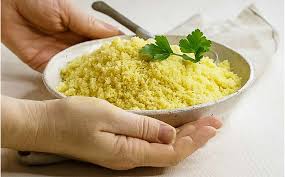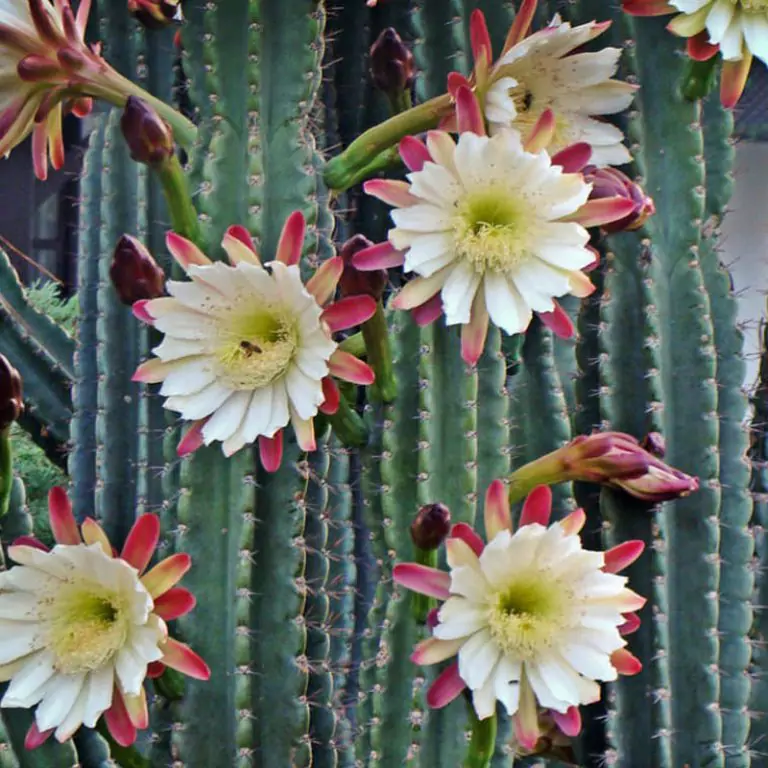Couscous, often hailed as a staple of North African cuisine, is a dish that transcends borders and captivates palates worldwide. With its origins deeply rooted in Berber culture, this delightful grain has evolved over centuries, becoming a beloved culinary icon that reflects both tradition and innovation in the kitchen.
Historical Roots and Cultural Significance
Originating from the Maghreb region of North Africa, couscous holds a significant place in the culinary heritage of countries like Morocco, Algeria, Tunisia, and Libya. Its history can be traced back to ancient Berber communities who cultivated wheat and barley in the arid lands of the Sahara Desert. The word “couscous” itself is derived from the Berber word “k’seksu,” which means well-rounded or well-formed, a nod to the meticulous preparation and shaping of the grains.
Historically, couscous was not just a meal but a communal experience, prepared and shared during festive occasions and family gatherings. It symbolized hospitality and togetherness, often served as a centerpiece during celebrations and ceremonies.
The Art of Making Couscous
Traditional couscous is made from durum wheat semolina, which is moistened and rolled into tiny granules. These granules are then coated with fine wheat flour and rolled until they form small, round pellets. The couscous is then steamed in a special pot called a couscoussier, where it absorbs the flavors of the accompanying stew or broth that is served with it.
The steaming process is crucial, as it ensures the couscous remains light and fluffy, with each grain distinct yet tender. This method of preparation requires skill and patience, reflecting the artisanal craftsmanship associated with traditional cooking practices.
Varieties and Versatility
Couscous is incredibly versatile and adaptable, accommodating various ingredients and flavors depending on regional preferences. In Morocco, couscous is often served with a rich stew of meat (usually lamb or chicken), vegetables such as carrots, zucchini, and chickpeas, all seasoned with a blend of spices like cumin, coriander, and cinnamon. Algerian couscous tends to be spicier, while Tunisian couscous may feature seafood alongside vegetables.
Outside of North Africa, couscous has gained popularity worldwide as a quick-cooking and nutritious alternative to other grains. It is celebrated for its ability to absorb flavors and complement a wide range of dishes, making it a favorite in kitchens from Europe to the Americas.
Couscous in Modern Cuisine
In recent years, couscous has been embraced by chefs and home cooks alike for its simplicity and adaptability. It has found its way into salads, pilafs, and even desserts, showcasing its versatility beyond traditional preparations. Couscous salads, for example, often feature a refreshing mix of fresh herbs, dried fruits, nuts, and a tangy dressing, making it a perfect dish for warm weather and picnics.
Culinary Delight and Cultural Connection
Beyond its culinary appeal, couscous embodies a cultural connection to the rich traditions and heritage of North Africa. It serves as a testament to the resourcefulness of Berber communities who thrived in challenging environments, utilizing simple ingredients to create a dish that has endured through centuries.
Whether enjoyed in a bustling Moroccan souk, a cozy Algerian home, or a trendy café in Paris, couscous continues to captivate taste buds and hearts around the world. Its journey from ancient grain to global sensation is a testament to the enduring power of food to unite, inspire, and delight.
Couscous is more than just a meal; it is a symbol of cultural pride and culinary craftsmanship. As it continues to evolve and inspire new interpretations, couscous remains a beloved dish that celebrates tradition while embracing innovation—a true testament to the timeless appeal of North African cuisine.
FAQs
1. What is couscous? Couscous is a traditional North African dish made from tiny granules of steamed semolina wheat. It is light, fluffy, and versatile, often served with a stew or as a base for salads and other dishes.
2. Is couscous gluten-free? No, couscous is not gluten-free because it is made from semolina, which is a form of wheat. Individuals with gluten intolerance or celiac disease should opt for gluten-free alternatives like quinoa or rice couscous.
3. How do you cook couscous? To cook couscous, typically you would pour boiling water or broth over the couscous grains in a bowl, cover, and let it sit for about 5-10 minutes until the liquid is absorbed. Fluff it with a fork to separate the grains.
4. What are the different types of couscous? There are different types of couscous based on the size of the granules. Moroccan couscous (the most common) has fine grains, while Lebanese couscous (Moghrabieh) is larger and pearl-shaped. Israeli couscous (ptitim or pearl couscous) is also larger and resembles tiny pasta balls.
5. What dishes can you make with couscous? Couscous is incredibly versatile. It can be served as a side dish with meat stews, vegetables, and a variety of spices. It can also be used in salads, mixed with herbs, vegetables, and dressings, or even used in desserts.
6. Is couscous healthy? Couscous is a good source of complex carbohydrates, fiber, and some protein. It is low in fat and provides essential nutrients such as B vitamins and minerals like selenium and manganese. However, portion size and added ingredients (like oils or sauces) can affect its overall nutritional profile.
7. How can I make couscous more flavorful? Couscous absorbs flavors well, so you can enhance its taste by using broth instead of water when cooking, adding herbs, spices, nuts, dried fruits, or vegetables to the cooking liquid. You can also toss cooked couscous with olive oil, lemon juice, and fresh herbs before serving.
8. Can couscous be prepared in advance? Yes, couscous can be made in advance and stored in the refrigerator for a few days. To reheat, steam it briefly or microwave with a bit of water to restore its fluffiness.
9. What cultural significance does couscous have? Couscous holds cultural significance in North African societies, where it is often prepared for special occasions and family gatherings. It symbolizes hospitality, togetherness, and the culinary heritage of Berber and Arab traditions.
10. Can couscous be used in gluten-free diets? Traditional couscous made from semolina wheat is not suitable for gluten-free diets. However, there are gluten-free alternatives made from rice, corn, or quinoa that mimic the texture and versatility of couscous.









